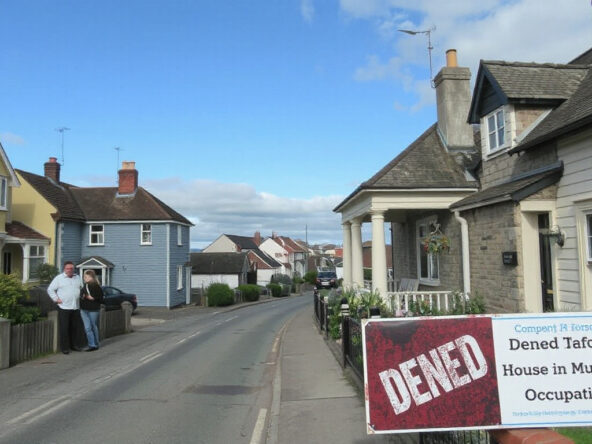In April 2025, homeowners in England with second properties will encounter significant changes to their council tax obligations, as new legislation allows local authorities to impose a premium of up to 100% on second homes. This means that annual council tax could rise dramatically, potentially doubling from around £2,171 to £4,342 for some property owners. This policy aims to address housing accessibility issues in areas suffering from shortages by discouraging the ownership of multiple properties that are not primary residences. Over 150 local authorities, including popular tourist destinations such as Cornwall and the South Hams, are set to adopt these regulations, which could collectively generate more than £100 million annually for local councils. The potential implications of this tax hike on house prices, particularly in coastal and rural areas, have garnered significant attention, as these regions already face challenges like declining property values and rising living costs.
Key Takeaways
- Homeowners with second properties in England may see their council tax bills double starting April
2025. - Over 150 local authorities are expected to adopt the new premium, significantly impacting regions with high vacation home ownership.
- The new tax policy aims to improve local housing accessibility but could lead to declining property values in coastal and rural areas.
Overview of the New Council Tax Premium for Second Homes
In a significant move to address the growing housing crisis in the UK, a new council tax premium for second homes is set to take effect in April
2025. Homeowners who own properties that are not their primary residences may see their annual council tax bills double, potentially escalating from approximately £2,171 to £4,342. This initiative, enabled by recent legislative reforms, allows local authorities to impose a premium of up to 100% on second homes. This policy aims to enhance housing accessibility in communities grappling with acute housing shortages, particularly popular tourist destinations such as Cornwall, South Hams, and Cumberland (BBC, 2024).
The expected financial impact of these changes is substantial, with over 150 local councils projected to adopt this premium, which could generate an estimated £100 million annually for local authorities. Such measures are already commonplace in Scotland and Wales, where the council tax premiums can soar to 200% and 300%, respectively (The Guardian, 2024).
The implications of this legislation extend beyond revenue generation; it raises pressing concerns for property owners in coastal and rural regions, as increased taxes could further depress house prices. Recent statistics highlight troubling trends, such as a
7.8% decrease in property values in North Devon and a
1.5% drop in Cornwall, exacerbated by challenging economic conditions, including rising mortgage rates and cost-of-living pressures (Housing Today, 2024). Several councils, including Bath and North East Somerset and North Devon, have already begun implementing these increased charges, signalling a tightening grip on second-home ownership (Yorkshire Post, 2024).
As the housing market continues to evolve, the effectiveness of this measure in addressing local housing demands will be closely monitored, as it may affect future policies surrounding property taxes and local governance.
Impact on Property Owners and Local Housing Markets
The implications of the upcoming council tax premium for second homes are set to reverberate throughout Yorkshire’s local housing markets. As property owners brace for a potential doubling of their tax bills from April 2025, market observers are scrutinising how this change will influence buyer sentiment and overall property values. Already, some estate agents report an increased level of inquiry regarding the purchase of second properties in Yorkshire, with many potential buyers reassessing their investment strategies in light of anticipated financial burdens (Yorkshire Live, 2024). Furthermore, the pressure is mounting on Yorkshire councils to clarify their stances and policies, amid fears that an increase in taxes could deter investment and further exacerbate housing shortages in the region. Local authorities are tasked with balancing the dual objectives of generating necessary revenue while ensuring that the housing market remains vibrant and accessible to both homeowners and renters (Property Week, 2024). This critical juncture presents an opportunity for councils to engage market stakeholders in discussions about sustainable development and housing policies that accommodate both local needs and economic growth.




